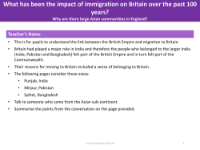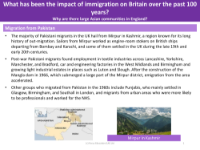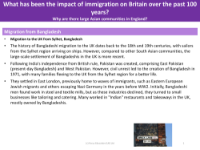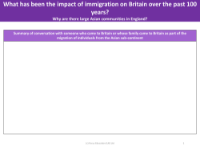Migration from India - Info sheet
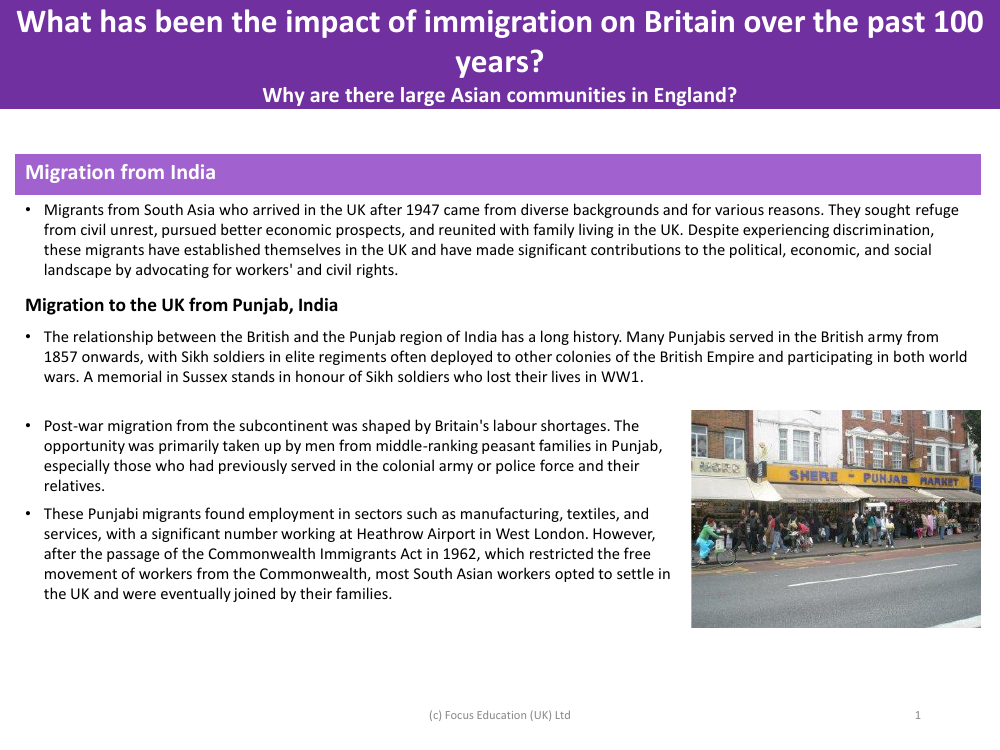
History Resource Description
The migration journey from India to the UK is a tapestry of diverse experiences and motivations. Since 1947, migrants from South Asia have ventured to the UK for a multitude of reasons. They fled from areas of civil conflict, sought better economic opportunities, and aimed to reunite with family members already residing in the UK. Despite facing discrimination in their new home, these individuals have firmly rooted themselves in British society, contributing significantly to the nation's political, economic, and social fabric. Their advocacy for workers' and civil rights has played a pivotal role in shaping contemporary British life.
Specifically, the Punjab region of India shares a profound historical connection with Britain, dating back to 1857 when many Punjabis served in the British army. Notably, Sikh soldiers, often part of elite regiments, were deployed across the British Empire and played crucial roles in both world wars—a fact commemorated by a memorial in Sussex dedicated to those who perished in WW1. Following the war, Britain's labour shortages prompted migration from the subcontinent, with Punjabi men, particularly from middle-ranking peasant families and those with military or police backgrounds, seizing the opportunity. These men initially filled roles in manufacturing, textiles, and services, with many finding work at Heathrow Airport. However, the Commonwealth Immigrants Act of 1962, which imposed restrictions on Commonwealth workers' movement, led many South Asian workers to settle permanently in the UK, later bringing their families to join them.


